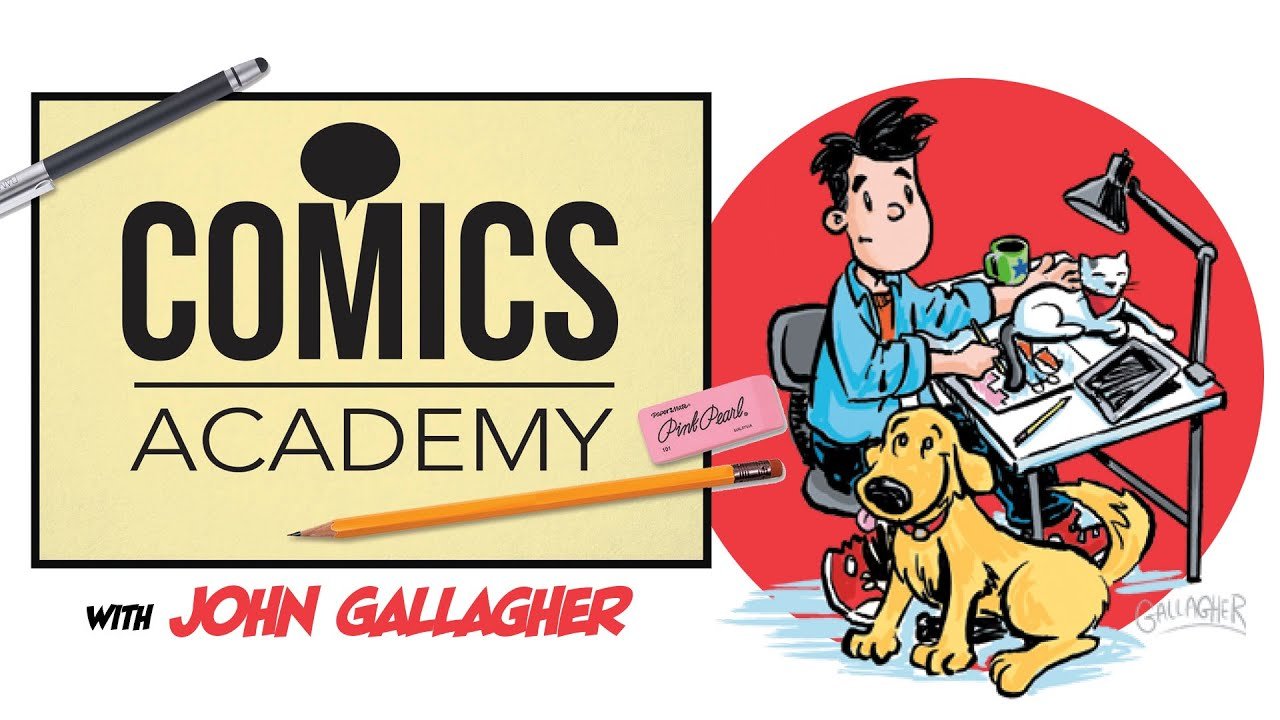Comics are defined as mediums that are used to tell a story or narrative using illustrations and visual aids. Academic writing requires extensive research from various sources, such as journals, books, research papers, and newspapers. Comics may also contain important information regarding particular events related to the academic topic being written. However, a question arises: “Can we cite comics in academic writing?” The answer is yes.
Comics are a great way to make academic papers engaging, and citing them significantly promotes the comics industry. If you’re confused about using specific dialogues from your favourite comics in your paper, you’re in the right place.
This article discusses why comics should be cited in academic writing, how to cite comics in academic writing, and general guidelines to follow while citing comics in academic writing.
Why Cite Comics in Academic Writing?
As you know, citation is a significant way to give credit to authors and publishers for their hard work. Similarly, comics are also written with research, creativity, and hard work, much like other academic and literary data, so that’s why their creators should also be praised and acknowledged. Moreover, citing sources authenticates academic papers significantly. Here are the purposes of citing comics in academic writing:
- It acknowledges the creators
The main purpose of citing comics in academic writing is to acknowledge its creators. Comics writing requires intense imagination, creativity, and creative writing skills, and citing comics is a great way of commending the hard work that the creators have employed for writing their comics.
- It helps to engage readers
Comics in academic writing are also a great way to make dull academic papers cheerful and vibrant. When there are particular visual illustrations in academic papers, they not only make them beautiful but also efficiently help to engage readers. Citing them further guides readers to reach original sources.
- It supports academic discussions
Comics are mostly used to show the cultural significance of a major event. When there are different arguments presented in light of those events, citing the dialogues from comics significantly helps to support them. Moreover, they become an authentic source of information for readers.
- It improves academic credibility
Most institutions require students to cite sources in APA, MLA, or Harvard style to assess their research skills and academic integrity. When students cite comics in their papers, it not only enhances the readability of papers but also makes them according to academic standards.
- It promotes the comics industry
As we have discussed before, comic creators also deserve appreciation like other authors. So, when comics are cited efficiently in assignments, essays, and papers, they significantly highlight the important personnel involved in writing that particular comics, which promotes the comics industry.
How to Cite Comics in Academic Writing?
As you know, there are different types of citations, such as APA, MLA, Harvard, and Chicago. So, to cite comics in academic writing, all these types can be used. Every type has different guidelines and standards. By adhering to them efficiently, you can cite comics in academic writing. Four different methods of citing comics in academic writing are given below:
Method 1: Citing comics in MLA style
Here is the format for citing comics in MLA style:
Works Cited: Author’s last name, First Name. Title of Comic Book Issue. Title of Comic Book Series, vol. number, issue no., Name of Publisher, Publication Year.
In-Text Citations: (Author’s last name Page Number)
Method 2: Citing comics in APA style
Here is the format of citing comics in APA style:
Works Cited: Author’s Last Name, First Initial. Middle initial. (Publication Year). Title of comic book issue. Publisher.
In-Text Citations: (Author’s Last Name Publication Year)
Method 3: Citing comics in Harvard style
Here is the format of citing comics in Harvard style:
Works Cited: Author’s Last Name, First Name. (Publication Year). Title of comic book issue. Place of Publication: Publisher.
In-Text Citations: (Author’s Last Name Publication Year Page Number)
Method 4: Citing comics in Chicago style
Here is the format of citing comics in Chicago style:
Works Cited: Author’s Last Name, First Name. Title of comic book issue. Place of Publication: Publisher, Publication Year.
Footnote: Author’s First Name, Last Name, Title of the Comic (Place of Publication: Publisher, Publication Year), Page Number.
However, if you still face difficulty citing comics in academic writing, seek professional coursework writing help from seasoned professionals.
General Guidelines for Citing Comics in Academic Writing
Here are the general guidelines that you must follow while citing comics in academic writing:
- Dialogues or Captions: When citing comics in academic papers, directly cite their captions and dialogues so that the whole context gets unveiled.
- Illustrations: A comic citation is nothing without illustrations. Provide all the illustrations that are required in the academic paper.
- Cultural Significance: Ensure that the comics that you’re using have a cultural significance being discussed in the academic paper.
- Thorough Details: Provide all details while citing comics, as it will efficiently help readers navigate towards original data sources.
- Relevancy: Ensure that the comics being used are relevant to the theme of the academic paper. Unwantedly using and citing comics may make your paper lengthy and vague.
- Copyright permission: You must also get copyright permission from the creators of comics before using their visuals and dialogues in your academic papers.

